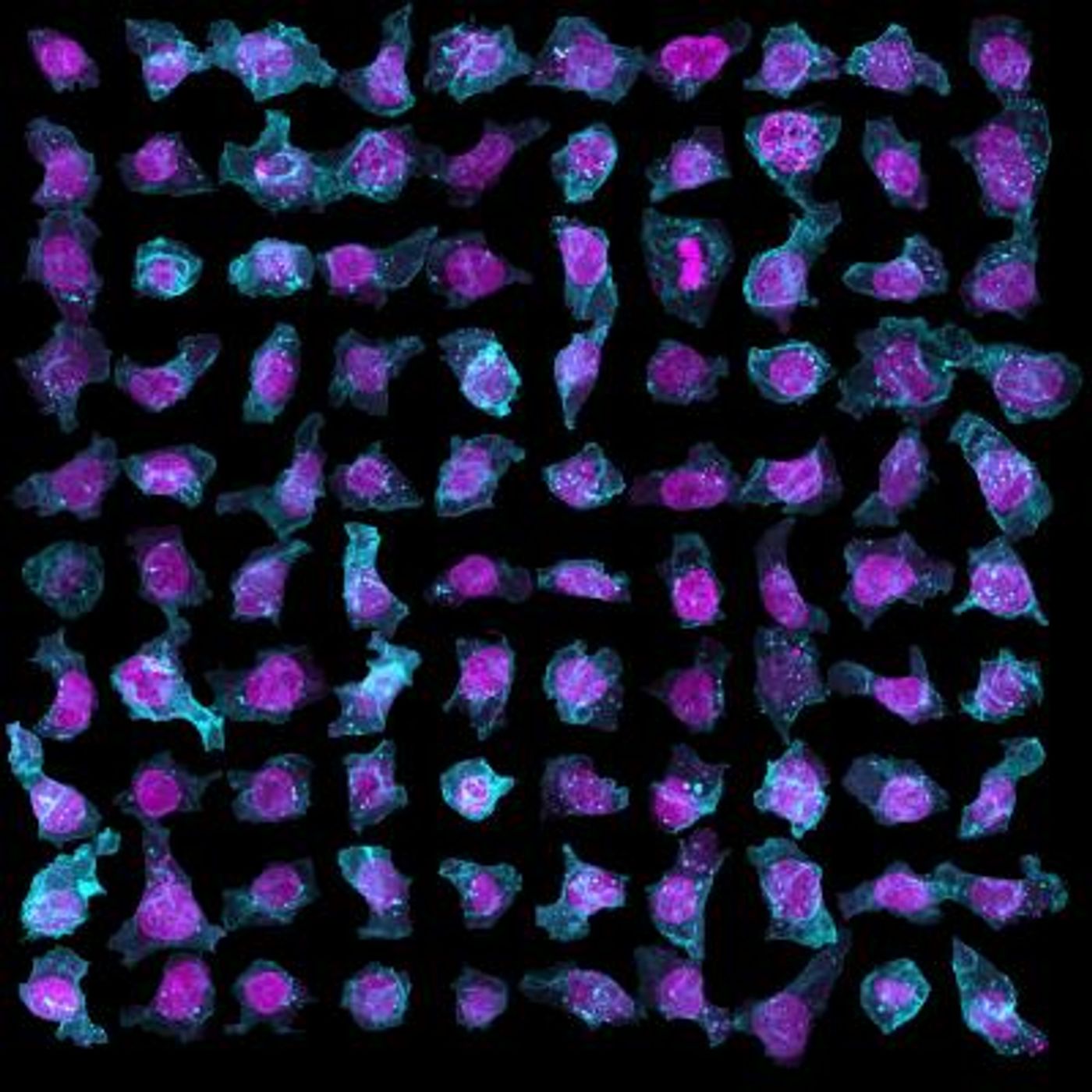An Unprecedented Window Into a Human Cell
Comprehensive knowledge of the functions of a human cell is the key to understanding health and disease. The Allen Institute for Cell Science has developed a new tool called the Allen Cell Explorer, a digital view into a human cell to support biomedical research. The website has integrated data obtained from large-scale, three-dimensional imaging; it uses deep learning to make predictive models in a variety of areas like cell organization, gene edited human stem cells and other very useful applications. The Allen Institute for Cell Science aims to use the Cell Explorer to share the resources they create from a central location. The video below explains the new resource.
"Cells are incredibly complex, with thousands of moving and interacting parts that work together to drive and regulate both cell architecture and behavior," sid Rick Horwitz, Ph.D., Executive Director of the Allen Institute for Cell Science. "We are beyond excited to launch the Allen Cell Explorer website and to share our cells, incredible image data, predictive models and more with the global scientific community."
"The Allen Cell Explorer gives an extraordinary view into the organization of human cells,” commented Allan Jones, Ph.D., President and CEO of the Allen Institute. "The first installment of these freely available tools from the Allen Institute for Cell Science follows in our legacy, started with the Allen Institute for Brain Science and the Allen Brain Atlas, of creating and sharing powerful open science tools that fuel innovation around the world."
The Integrated Cell Model, is the main attraction in the Allen Cell Explorer launch, and the researchers said it’s the first model that utilizes deep learning to predict the organization of human stem cells. The scientists used thousands of excellent human stem cell images and computation to understand thr organization of cells. On the website, comparisons can be made between what is predicted by the Integrated Cell Model and actual images, and it confirms the powerful accuracy of the predictions. The developers expect future updates will enable users to compose and explore virtual cells in three dimensions.
"This is the first time researchers have used deep learning to try and understand the elusive question of how actual cells are organized," said Horwitz. "The cartoons we rely on in textbooks, which are based on an artist's interpretation of data from a relatively small number of cells, will eventually be replaced by data driven models of this kind from very large numbers of cells."
The 3D Cell Viewer is another tool that can be accessed from the portal; users can access a collection of human stem cells captured in three dimensions. Thousands of gene edited cells can be studied and manipulated, enabling the exploration of intracellular organization in all its varieties.
"One of the things that excites me most about the launch of the Allen Cell Explorer is how it uses cells that are far more relevant to human biology than the cultured cells that have been used by necessity for much of modern biomedical research," said Anne E. Carpenter, Ph.D., Director of the Imaging Platform at the Broad Institute of Harvard and MIT.
"Taken as a whole, this publicly available portal will enable researchers to ask important new questions about the variability of cells, and how they change as they grow, differentiate and respond to drugs," said Horwitz. "Working as a community, we can apply and expand on these tools to make leaps forward in the field of cell biology and have great impact on our study of human health and disease."
Sources: AAAS/Eurekalert! via Allen Institute









